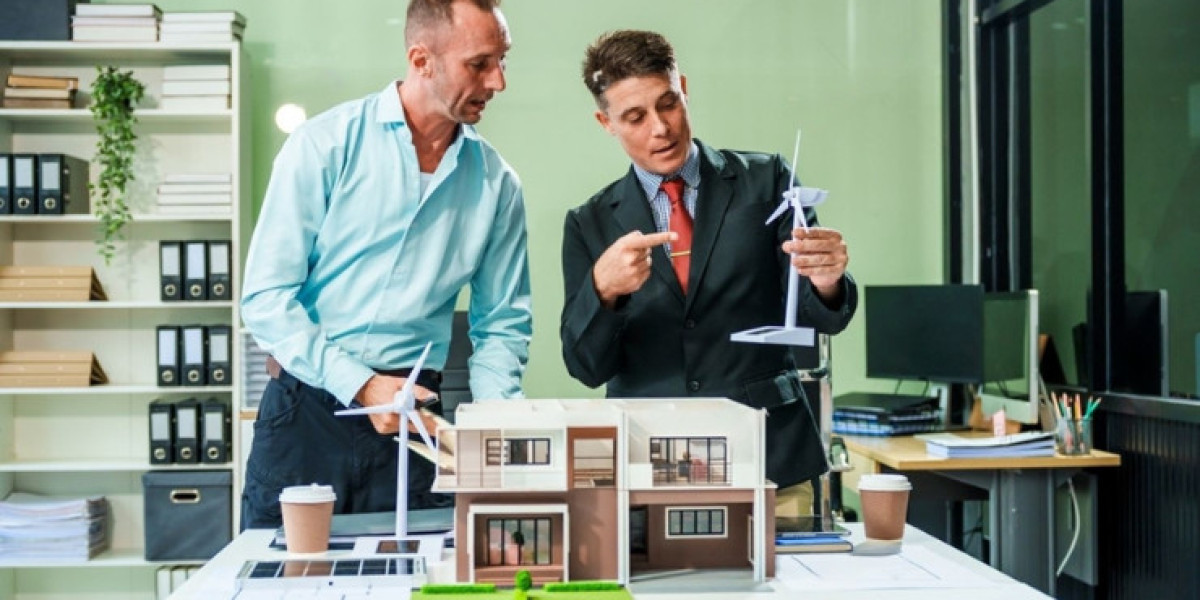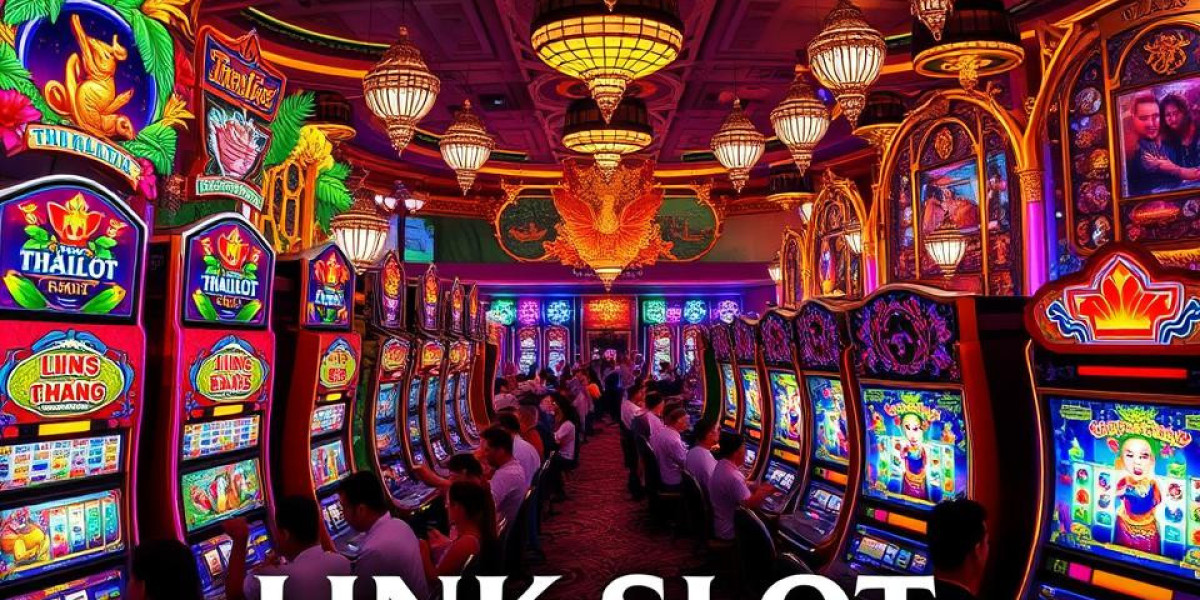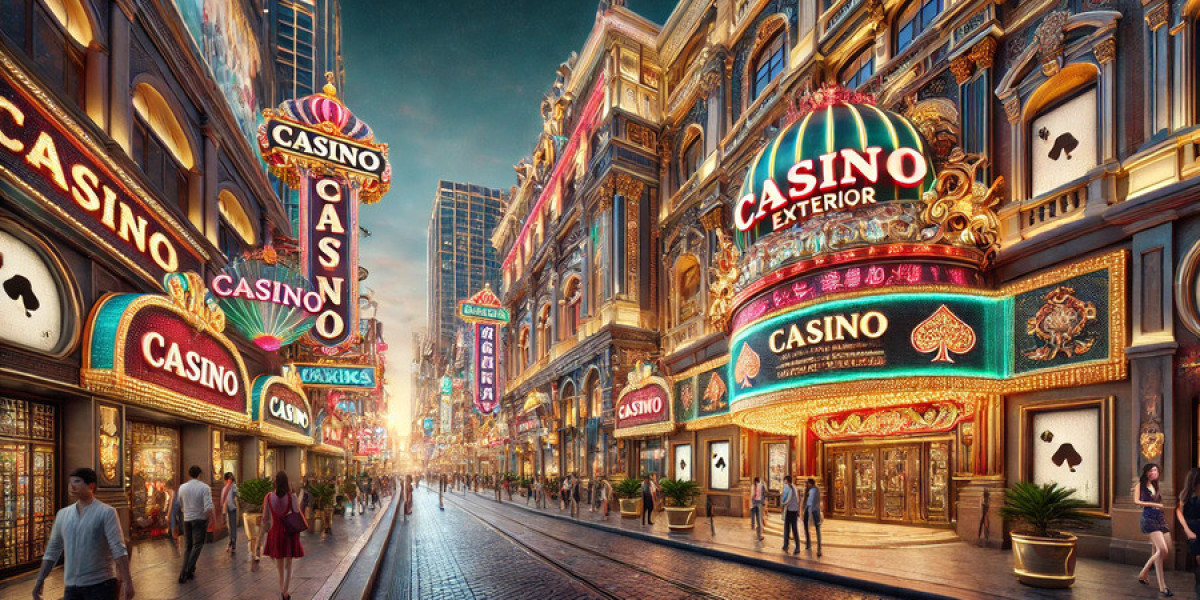Architectural scale models in Dubai provide a realistic representation of hotel projects. They help investors, developers, and designers visualize the final structure before construction begins.
While these models often showcase the building’s exterior, they can also include interior hotel room layouts. This level of detail enhances project planning, marketing, and guest experience design.
1. Understanding Interior Hotel Room Scale Models
Architectural scale models Dubai can be designed to showcase a hotel’s interior layout. These models replicate room sizes, furniture arrangements, and decor elements. They provide a tangible view of how each space functions within the hotel.
2. Enhancing Design Accuracy
Scale models offer a precise representation of room dimensions. This ensures that architects and designers can analyze spatial relationships accurately. It helps them optimize guest comfort while maintaining aesthetic appeal.
3. Showcasing Luxury and Standard Room Variations
Hotels often feature different room categories, such as standard rooms, suites, and penthouses. Scale models can include multiple room types, allowing investors and clients to compare layouts and design variations.
4. Highlighting Furniture Placement and Functionality
A well-crafted interior model showcases furniture arrangements. It helps designers test layouts for functionality and flow. This ensures that the room space is used efficiently while maintaining a luxurious atmosphere.
5. Representing Lighting and Ambiance Effects
Modern scale models incorporate LED lighting to simulate different ambiance settings. Warm lighting in rooms, accent lighting in bathrooms, and natural light sources can be accurately represented. This gives a realistic view of the guest experience.
6. Incorporating Detailed Interior Elements
Some architectural models feature intricate details such as beds, desks, wardrobes, and decor items. These elements help stakeholders visualize how the hotel rooms will look once fully furnished.
7. Improving Investor and Stakeholder Confidence
Investors want to see how their funds are being allocated. A model that includes interior layouts reassures them about the design quality and functionality of the hotel. This can lead to quicker investment decisions.
8. Enhancing Guest Experience Planning
Hotels prioritize guest comfort and convenience. A detailed interior scale model allows designers to refine room layouts, ensuring that space, lighting, and furniture placement enhance the guest experience.
9. Assisting in Material Selection
Some scale models incorporate material samples, showcasing textures, colors, and finishes. This helps developers and designers finalize material choices before construction begins.
10. Integrating Smart Technology in Room Designs
Dubai’s luxury hotels often feature smart room technology. Scale models can represent automated lighting, temperature control systems, and in-room entertainment options. This helps developers plan the integration of smart features seamlessly.
11. Visualizing Suites and VIP Accommodations
Luxury hotels include exclusive suites with unique layouts. A scale model can highlight VIP accommodations, displaying their spacious designs, private balconies, and premium amenities.
12. Facilitating Approval from Hotel Operators
International hotel brands have strict design standards. A scale model with interior layouts ensures that the design aligns with brand guidelines. This speeds up the approval process for hotel operators.
13. Optimizing Bathroom and Utility Space Design
Bathrooms are a crucial part of a hotel room’s experience. Interior models can showcase different bathroom layouts, including shower designs, vanity areas, and storage solutions. This helps refine the functionality and aesthetics of these spaces.
14. Demonstrating Accessibility Features
Many hotels incorporate accessible rooms for guests with disabilities. Scale models can highlight wider doorways, roll-in showers, and assistive features. This ensures compliance with accessibility regulations.
15. Showcasing Thematic and Cultural Influences
Dubai hotels often integrate cultural themes into their interiors. Scale models can represent Arabian-inspired decor, modern minimalist designs, or futuristic interiors. This ensures that the hotel maintains a unique identity.
16. Improving Pre-Sales and Marketing Strategies
A detailed interior model is an excellent marketing tool. It helps real estate agents and hotel sales teams attract buyers and investors. Seeing a realistic layout increases confidence in the project’s potential.
17. Facilitating Coordination Between Design Teams
Architects, interior designers, and engineers work together on hotel projects. A scale model with interior layouts ensures that all teams are aligned. This improves coordination and minimizes design conflicts.
18. Testing Room Functionality Before Construction
By examining a scale model, designers can test whether room layouts work as intended. Adjustments can be made before construction, saving time and reducing costly modifications.
19. Supporting Digital and Augmented Reality Integration
Some models now include augmented reality (AR) features. Users can explore room interiors digitally, adjusting views and design elements in real-time. This enhances the interactive experience for investors and clients.
20. Ensuring Compliance with Dubai Hospitality Standards
Dubai has strict hospitality regulations. A scale model helps ensure that room designs comply with local safety, space, and accessibility standards. This reduces the risk of redesigns or delays.
Conclusion
Architectural scale models in Dubai can include highly detailed interior hotel room layouts. They provide valuable insights for investors, designers, and hotel operators.
By offering a realistic visualization of spaces, these models improve decision-making, streamline approvals, and enhance guest experience planning. They play a crucial role in ensuring that hotel projects meet design and functional expectations before construction begins.






